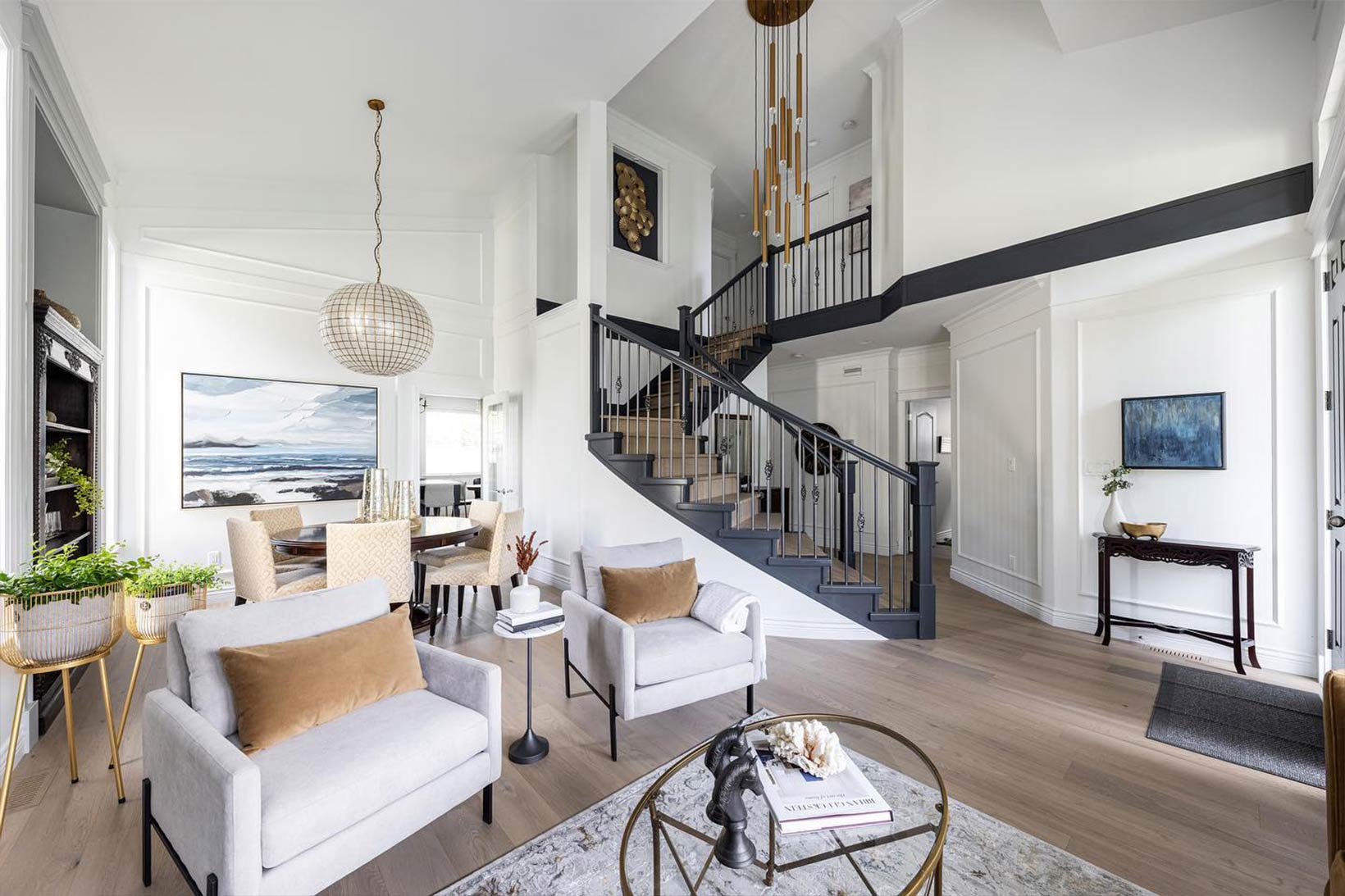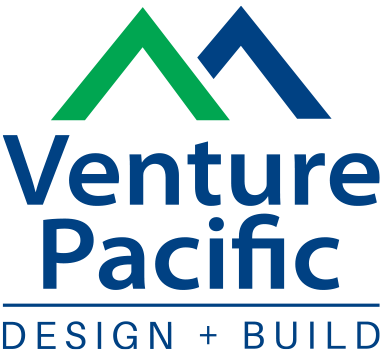A recent video circulating on social media confidently claimed, “Cost-plus is always over.” If that’s been your experience, it likely means something critical was missing from the process. When managed properly, cost-plus contracts shouldn’t feel unpredictable or out of control. At Venture Pacific, we’ve spent decades developing a system that brings structure, clarity, and confidence to every project—proving that this model can be one of the most transparent and homeowner-friendly options available.
Still, cost-plus contracts often carry a reputation for being risky or prone to budget overruns. You may have heard stories of projects that spiraled in cost or left clients unsure where their money went. But when done right—with a clear process and diligent oversight—cost-plus offers unmatched flexibility and transparency. Whether you’re planning a custom home in Victoria or a high-end renovation nearby, this contract model could be the smarter choice.
What Is a Cost-Plus Contract in Residential Construction?
A cost-plus contract is a construction agreement where the client pays the actual costs of building—labour, materials, permits, subtrades—plus a predetermined fee for the builder’s services. That fee may be a flat rate or a percentage of the total cost.
In contrast to fixed-price contracts, where the total price is locked in upfront (often with large contingencies added to account for uncertainty), cost-plus contracts:
- Allow for greater flexibility throughout the project
- Offer more detailed cost transparency
- Let clients pay only for what’s actually needed—not a padded estimate
This structure is especially useful for custom homes, complex renovations, or projects where the full scope isn’t known at the outset. Instead of trying to guess at every unknown detail in advance, cost-plus allows the budget to evolve alongside the project—with full visibility at every step. Click here for a clear overview of common construction contract types, including cost-plus and fixed-price agreements.

Common Myths About Cost-Plus Construction Contracts
It’s understandable that some homeowners are hesitant about cost-plus agreements. But many of the concerns stem from misconceptions, not real limitations. Let’s address a few of the most common myths:
Myth #1: “There’s no budget control.”
Reality: With a clearly defined process, cost-plus contracts can offer more control than fixed-price contracts. At Venture Pacific, we provide detailed, phase-by-phase budgets and give clients full access to invoices and spending.
Myth #2: “The builder isn’t incentivized to save money.”
Reality: We see our role as trusted advisors, not just contractors. Our reputation depends on delivering exceptional value—and that means finding cost-saving opportunities, not letting costs run wild.
Myth #3: “I won’t know how much my project will cost.”
Reality: With a structured budgeting process (more on that below), clients always know where they stand financially—and have the flexibility to make informed decisions as the project unfolds.
How Venture Pacific Controls Costs in a Cost-Plus Contract
At Venture Pacific, our strength lies in bringing structure and clarity to flexible contracts. That’s why we’ve developed a four-stage budgeting process that gives clients increasing levels of accuracy and detail as their project moves forward:
1. Class D Budget – Conceptual Stage
This is the high-level starting point. We create a rough estimate based on early conversations about scope, site conditions, and goals. It’s meant to guide decisions around feasibility and scope.
2. Class C Budget – Preliminary Design
Once architectural drawings are about 25–30% complete, we refine the estimate using updated project/scope information, design features, and initial finishes. This gives a clearer picture of potential costs.
3. Class B Budget – Detailed Design
When drawings reach 60–75% completion, we incorporate specific material choices, mechanical and electrical systems, and construction methods. This is where the budget starts to resemble the final numbers.
4. Class A Budget – Pre-Construction
Prepared once drawings and specifications are complete, the Class A budget is the most accurate projection—typically finalized before any work begins. This step helps ensure the budget reflects current market conditions and real-world pricing, providing clients with a solid foundation for informed decision-making.

Why This Budgeting Process Matters
Most cost overruns in construction don’t happen because of bad intentions—they happen because of poor planning. Our four-stage process allows us to:
- Identify potential cost drivers early
- Suggest alternatives or upgrades while they’re still easy (and inexpensive) to implement
- Align the budget with the client’s goals before construction starts
This reduces the chance of costly changes during the build and avoids the “price shock” some clients experience when jumping into construction with only a ballpark figure.
In fact, this phased approach is aligned with cost predictability practices recommended by the Construction Industry Institute, giving clients more confidence and control.

Total Transparency: What Clients Can Expect from Us
Transparency isn’t just a buzzword at Venture Pacific—it’s how we build trust and long-term relationships. With a cost-plus contract, our clients receive:
- Real-time cost reporting
- Full access to invoices, trade partner quotes, and receipts
- Open-book accounting practices
We also meet with clients regularly to review the budget, discuss any changes, and forecast future spending. This helps avoid surprises and ensures decisions are based on current, accurate information.
Flexibility When You Need It—Certainty When You Want It
Another benefit of our cost-plus approach? It doesn’t have to stay cost-plus forever.
If a client wants more cost certainty once the design is finalized and the budget is locked in, we’re happy to transition to a fixed-price contract from that point forward. This gives the best of both worlds:
- Early flexibility for design choices and revisions
- Final budget certainty once everything is locked in
When a Cost-Plus Contract Is the Best Fit
This contract model is especially well-suited to:
✅ Custom homes with evolving design preferences
✅ Renovations where surprises may be uncovered mid-project
✅ Clients who value collaboration, flexibility, and real-time visibility
✅ Projects where timeline, budget, and scope may shift based on decisions made during the design phase
If you want to stay involved in decision-making and understand exactly what you’re paying for, a cost-plus contract gives you that power—with the right team and systems in place.

Why Venture Pacific Clients Choose Cost-Plus Contracts
Many of our clients are professionals, business owners, or homeowners looking for a high-end custom home experience. They appreciate that our process is:
- Transparent
- Professional
- Client-focused
- Data-driven
By combining decades of construction experience with a rock-solid budgeting system, we take the “unknowns” out of cost-plus—and give our clients the confidence to build exactly what they want, within a budget that makes sense.
To see the kind of projects we’ve delivered, explore our portfolio of custom homes and renovations.
Ready to Talk About Your Project?
If you’re considering a custom home, major renovation, or even a commercial tenant improvement in Victoria or Southern Vancouver Island and want to explore how a cost-plus contract could benefit you, let’s talk.
Contact Venture Pacific to schedule a consultation.
We’ll walk you through our process, answer your questions, and help you determine if this approach is the right fit for your goals.

